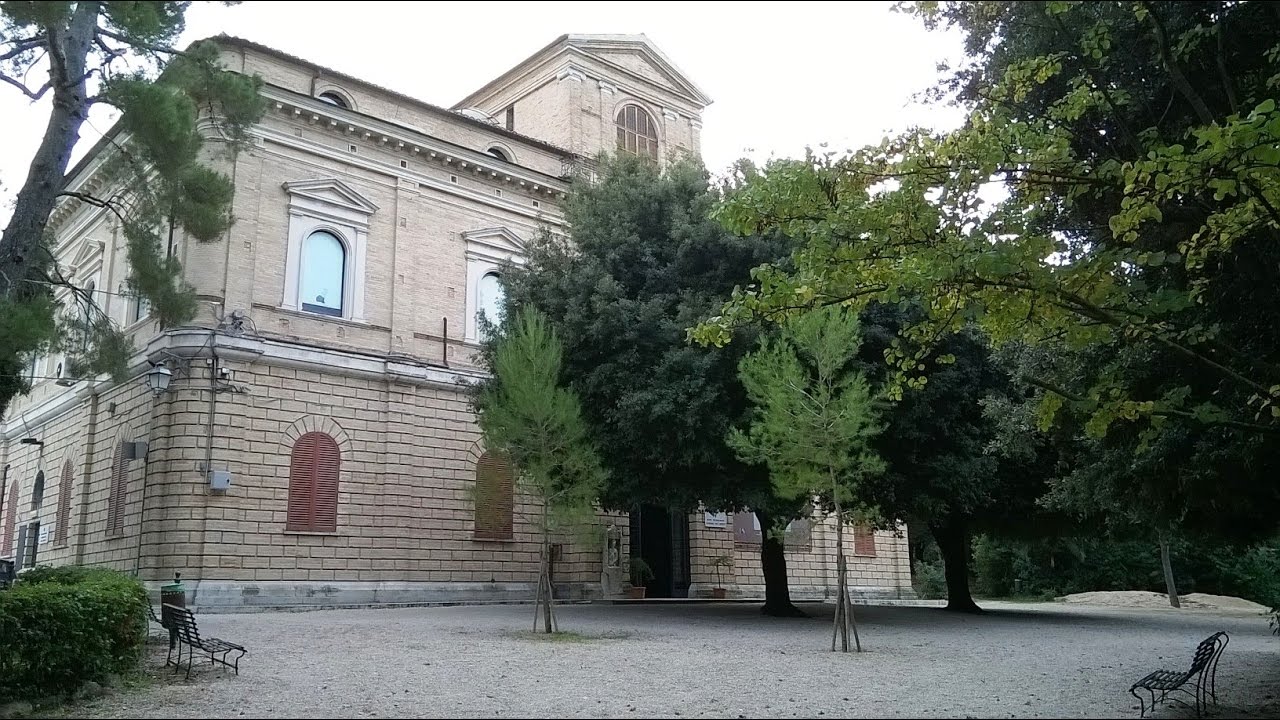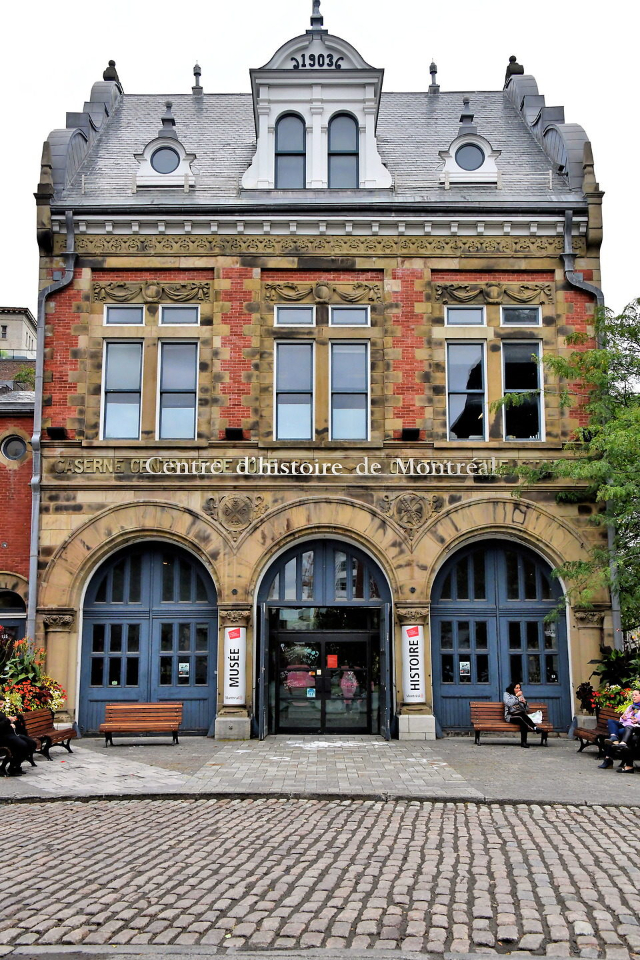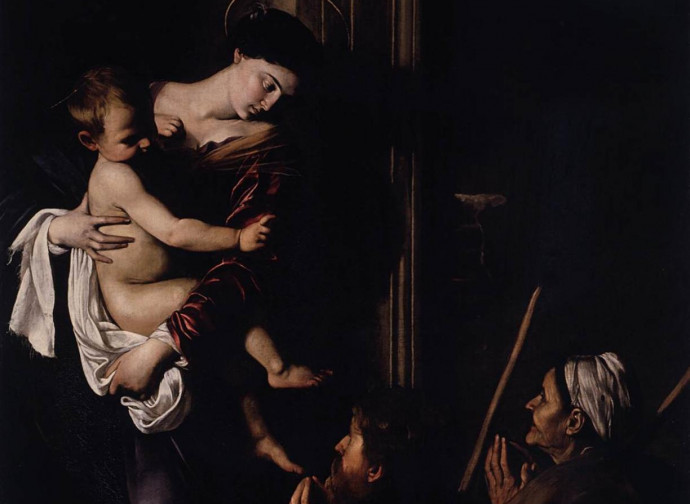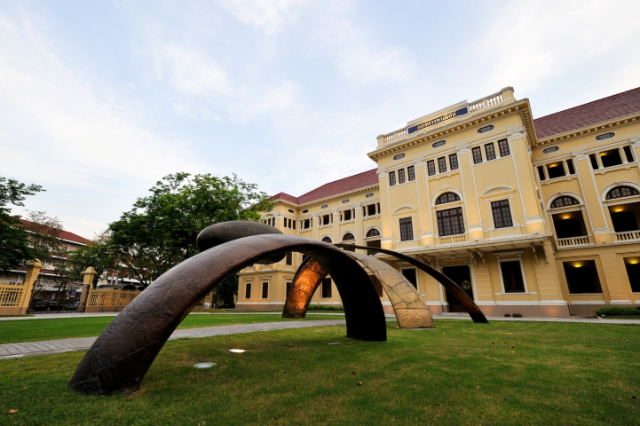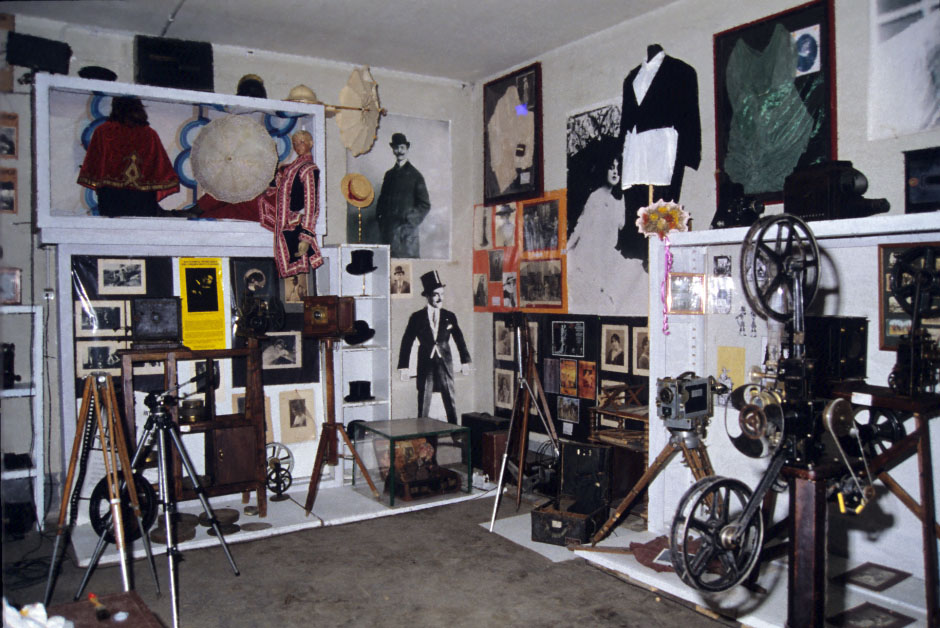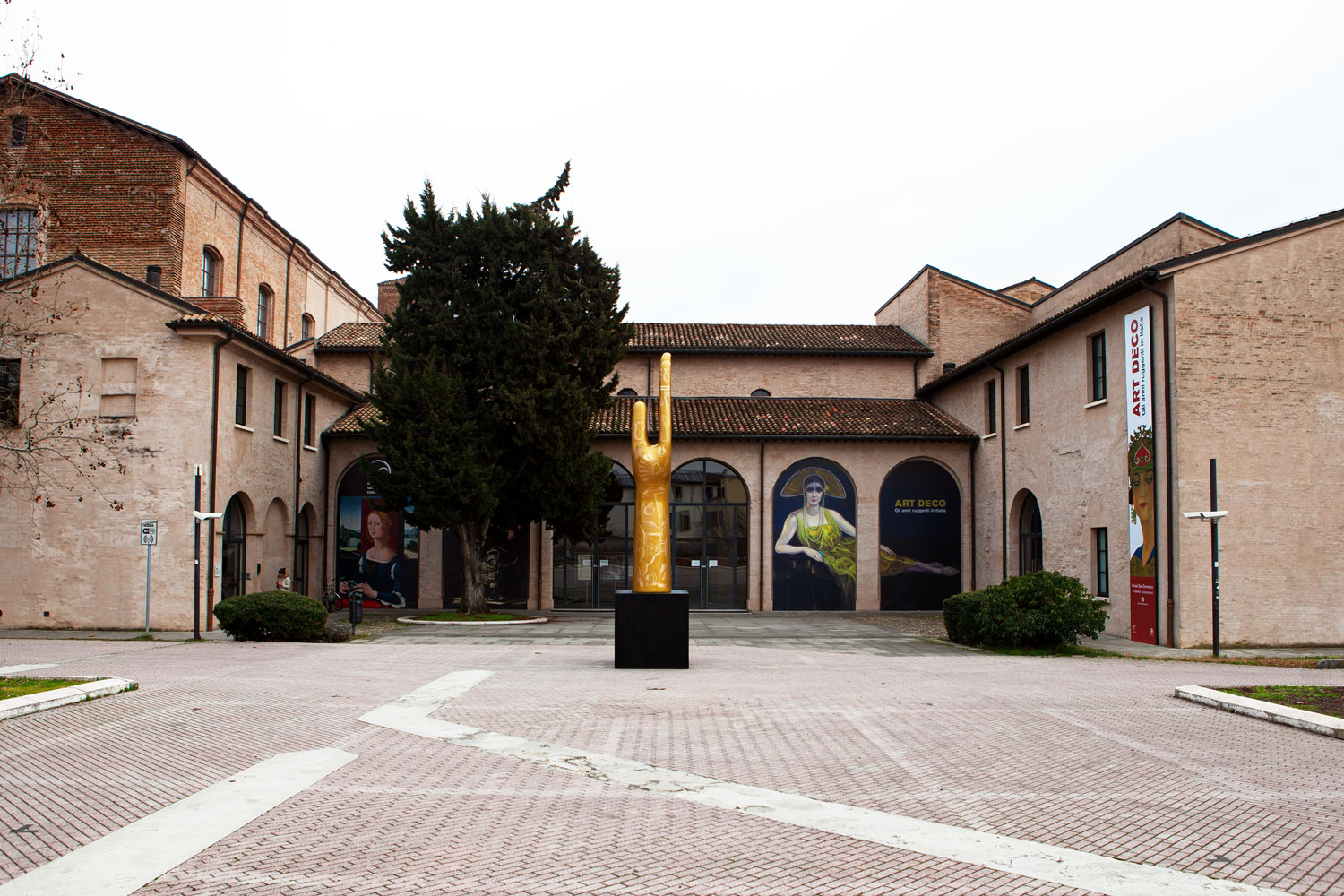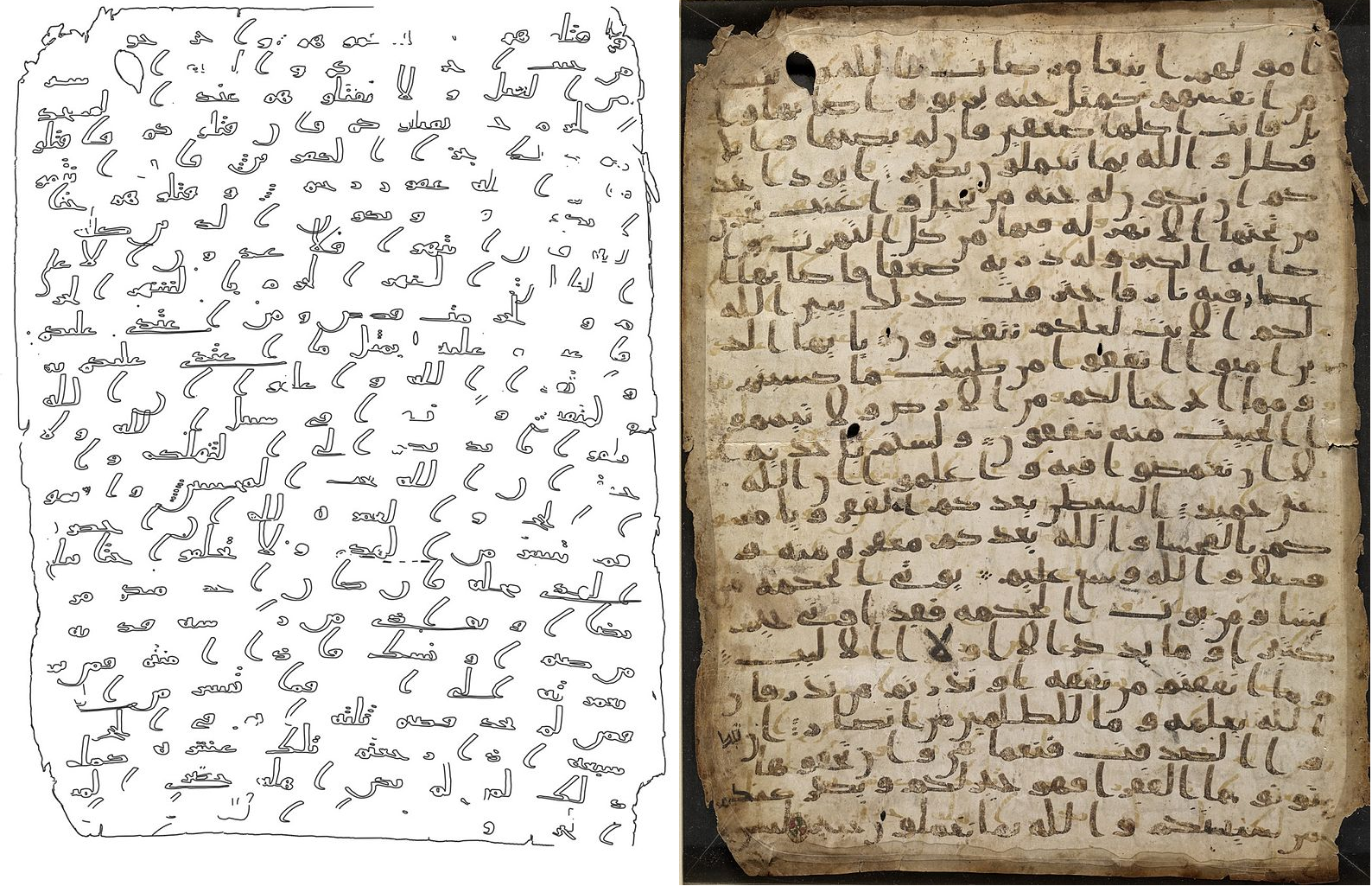The Villa Frigerj museum is located in Chieti in an elegant neoclassical villa, designed by the Neapolitan architect Errico Riccio at the behest of Baron Ferrante Frigerj in 1830.
The building dominates a small hill, originally an agricultural land owned by the Frigerj family located outside the city walls, not far from Porta S. Andrea, the southern entrance of the city, now no longer existing. From the top of the hill you can enjoy a breathtaking view and you can admire both the town hall villa with the profile of the buildings of the old town and the majestic mountain massif of Majella with the valley below.
In 1864 the property became municipal property and was the seat of the school. In 1959, thanks to the interest of the then superintendent archaeologist Valerio Cianfarani, it became a national archaeological museum and since 2014 it has been assigned to the Polo Museale dell’Abruzzo.
Outside, visitors can observe the facade cladding, in smooth rusticated brick on the ground floor and simple brick on the remaining levels. The main facade, facing the city, is crowned by a small temple. Inside, the most important archaeological collection of Abruzzo is on display, accessible through the new museum itinerary, set up in 2011 and expanded in 2014 following exhibition criteria that privilege the ethnic and topographical aspects of the ancient populations of the region. On the ground floor the visitor will be able to explore the themes linked to ancient statuary and, in particular, to contemplate the famous Capestrano Warrior, an artistic masterpiece of the sixth century BC, to which the room "Beyond Time" is dedicated. The room has been designed by the artist Mimmo Palladino, who says: "I wanted to almost purify the Warrior from the meaning that historically determines and dates him. Those who look at him must draw suggestions that go beyond his chronological location". On the ground floor there is also a rich numismatic section and the nineteenth-century Pansa collection, with heterogeneous objects.
On the first floor are presented the finds found in the most important archaeological contexts of Abruzzo dated between the protohistoric and early-medieval phases – especially necropolis and sanctuaries – and the visitor can, therefore, discover the material culture of the Vestini, Peligni, Marrucini and Carricini. Through the monumental staircase back to the ground floor and continue the visit to discover the ancient peoples of Abruzzo by observing the artifacts of the Sabini, Frentani, Equi and Marsi.
The museum offer is completed by a specialized library containing about 13,000 volumes.
